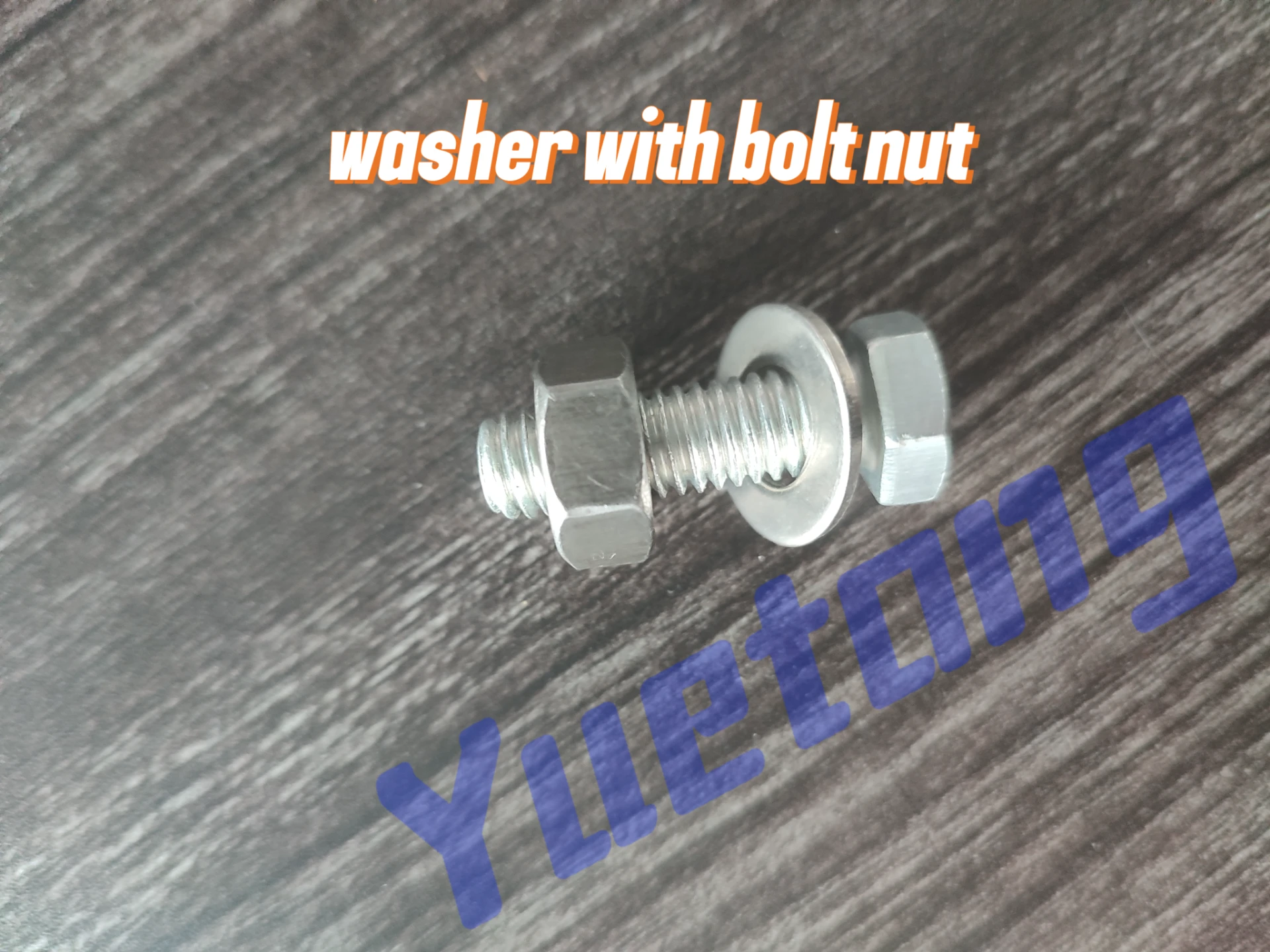Dic . 03, 2024 14:05 Back to list
pole anchor bolts
Understanding Pole Anchor Bolts Essential Elements for Structural Integrity
In the world of construction and infrastructure, the significance of anchor bolts cannot be overstated. Among these, pole anchor bolts play a crucial role in securing utility poles, light poles, and various other structures that require stability and strength. This article delves into the importance of pole anchor bolts, their design, materials, installation practices, and maintenance considerations, ensuring a comprehensive understanding of their role in enhancing safety and durability.
What are Pole Anchor Bolts?
Pole anchor bolts are specialized hardware designed to immobilize poles in place, ensuring that they withstand various loads and environmental conditions. These bolts are embedded in concrete foundations and serve to provide an anchor point for the poles, which could either be vertical supports for utility wires or lighting fixtures. The design of anchor bolts varies depending on the specific application, but their fundamental purpose remains the same to ensure that poles stay securely in position even in adverse conditions such as high winds or seismic activity.
Importance of Pole Anchor Bolts
The use of anchor bolts is critical in maintaining the structural integrity of poles. Without proper anchoring, poles may tilt, sway, or eventually fall due to lateral forces, leading to potential hazards and infrastructure failures. In the case of utility poles, for instance, a collapse can result in power outages, damage to surrounding properties, and even injury or loss of life.
Moreover, proper anchoring enhances the lifespan of the poles themselves. By securing them adequately, the risk of wear and fatigue caused by constant movement is significantly reduced. Thus, investing in high-quality pole anchor bolts is essential not only for immediate performance but also for long-term savings related to maintenance and replacement costs.
Design and Materials
Pole anchor bolts are typically made from high-strength steel that is resistant to rust and corrosion. The materials used in their manufacturing play a significant role in their overall performance. Common grades of steel used include ASTM A36, A307, and A325, with the selection often depending on specific load requirements and environmental conditions.
The design of the anchor bolt also varies. Common designs include L-shaped or J-shaped bolts that are set in concrete to provide adequate bearing area and resistance against lifting forces. Additionally, the dimensions of the bolts, such as diameter and length, are critical factors that engineers consider to ensure they meet the load specifications of the respective application.
pole anchor bolts

Installation Practices
Installing pole anchor bolts requires careful planning and execution to ensure success. The first step involves site assessment to determine soil conditions and load requirements. Once these factors are established, the placement of the bolts in the concrete foundation must align with the design specifications.
Typically, anchor bolts are positioned before the concrete is poured. Ensuring that they are level and adequately spaced is key to effective load distribution. During the curing process of the concrete, the bolts achieve chemical bonding, which enhances their strength and stability.
Attention must also be paid to torque specifications during installation. Tightening the nuts and washers to the recommended torque levels ensures that the anchor bolts maintain their grip, accommodating for any settling or displacement that may occur over time.
Maintenance Considerations
Once installed, regular maintenance of pole anchor bolts is essential to ensure continued performance. Inspecting the bolts for signs of corrosion, loosening, or structural damage should be part of a routine maintenance schedule. Generally, a visual inspection can help identify issues before they become significant problems.
In harsher environments, such as coastal areas with high salinity, the risk of corrosion increases, necessitating more frequent checks and possibly the application of protective coatings or galvanization to extend the lifespan of the bolts.
Conclusion
Pole anchor bolts are crucial components in the structural framework of various facilities, providing stability and safety for poles that support vital services such as electricity and lighting. Understanding their design, materials, installation, and maintenance is essential for anyone involved in construction and infrastructure management. By prioritizing quality and adhering to best practices regarding pole anchor bolts, we can ensure the integrity of our infrastructure for years to come. As society continues to evolve, the role of these seemingly small components remains pivotal in supporting the larger structures that underpin modern life.


